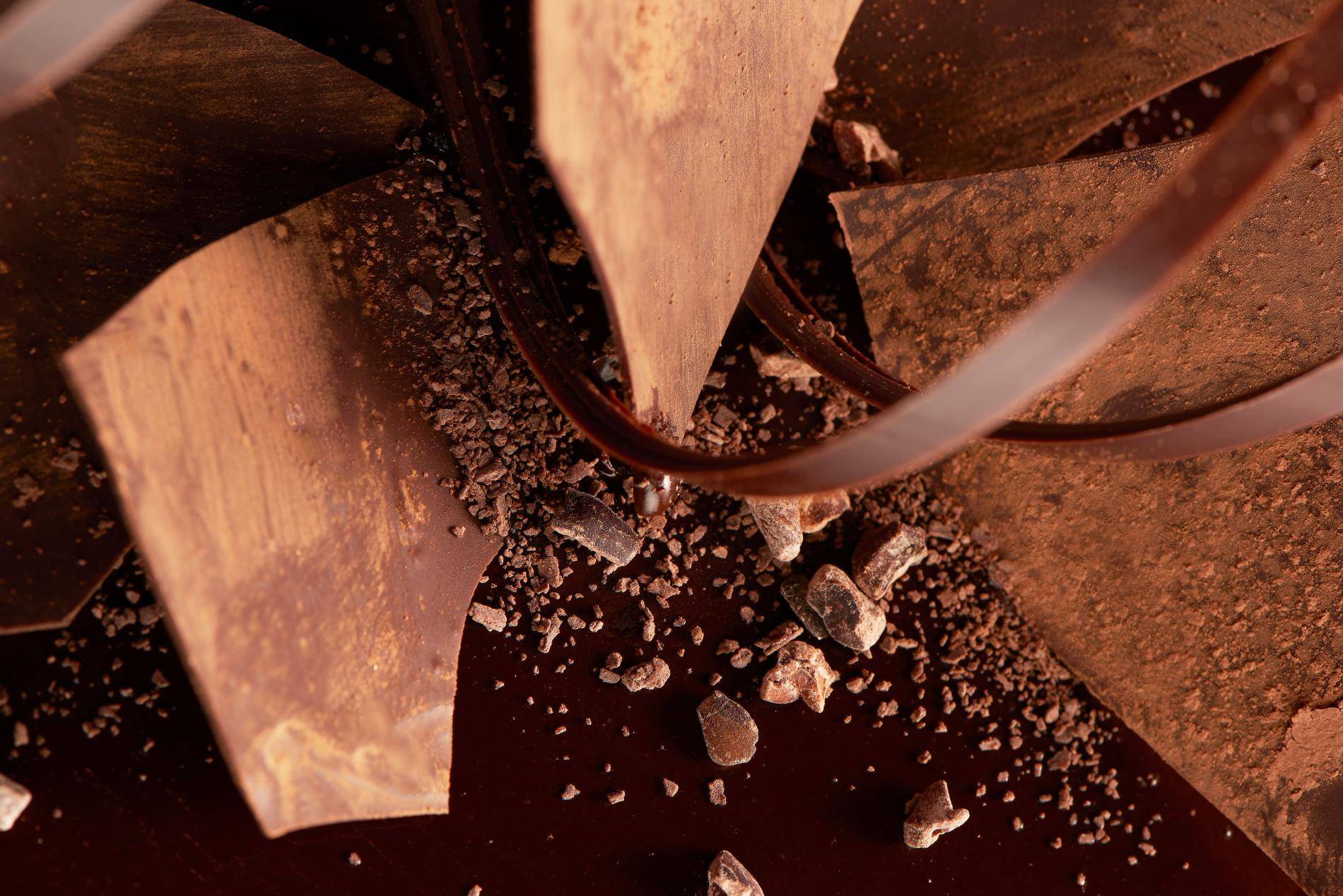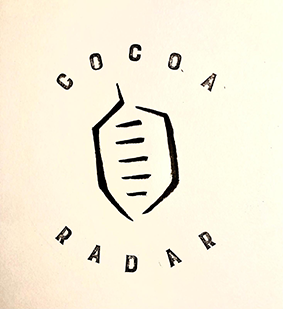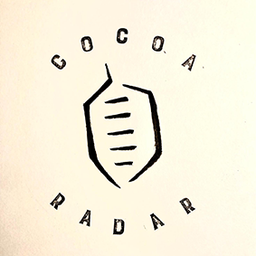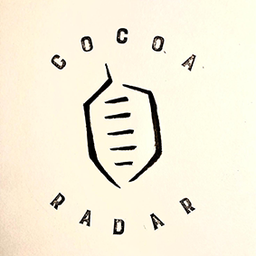The global chocolate confectionery market reached over $130 billion in 2024 and is projected to expand at a 5.2% CAGR through 2029.
Businesses must adapt to meet evolving consumer demands, and staying ahead of emerging trends is crucial.
Companies like Barry Callebaut, the world’s largest chocolate and cocoa supplier, are setting the pace for the future of chocolate with a focus on sustainability, health-conscious innovations, and indulgent experiences.
Later in this article, we’ll examine its 2025 Top Chocolate Trends Report, to discover how chocolate preferences evolve.
The cost of chocolate
The rising price of cocoa and raw ingredients has affected chocolatiers and chocolate makers, from multinationals to artisans.
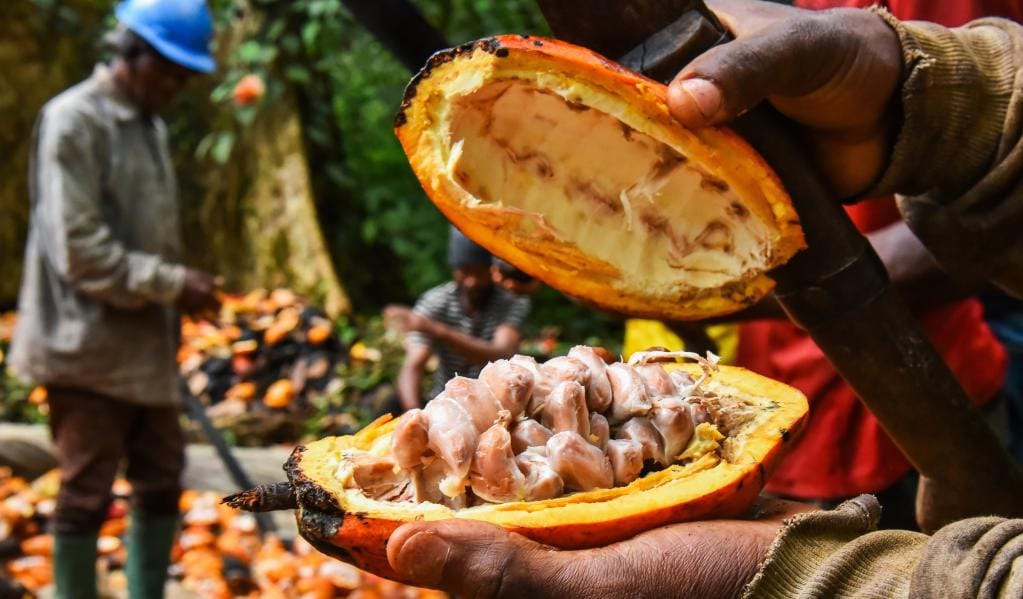
Small businesses have found it particularly challenging after experiencing a four-fold increase in the price of cocoa in the past 12 months. One trend to combat costs will be a greater focus on premiumising cheaper ingredients with less chocolate.
Sophie Jewett, managing director at York Cocoa Works, which manufactures small batches of craft chocolate, told cocoaradar.com that many chocolatiers will struggle to maintain competitive production when working with couverture.
“With cocoa bean prices rising beyond £10 ($12.49) per kg, we’re seeing even more strain on the cost and availability of cocoa butter and cocoa beans.
“We’re anticipating this exacerbating into 2025 as the ripples of 2024 continue to work their way through the industry.
"We’ve found it critical to monitor prices and be quick to respond constructively, particularly as peek chocolate buying season continues such as Valentine's and Easter, it’s not easy to stockpile sufficiently to meet consumer demand or be sufficiently patient to wait for better prices as they are not coming."
The price of cocoa butter has also increased by 400% in the past 12 months. “We’re hopeful but not anticipating the price of cocoa butter dropping any time soon,” she added.
Price factors aside, key trends are shaping the industry. In its report, Barry Callebaut expects trends like “intense, mindful, and healthy indulgence” to drive consumer choices, and companies that align their products with these shifts will have a competitive edge.
Companies must also stay aligned with the growing demand for wellness-driven and indulgent chocolate products.
Through initiatives like its Forever Chocolate programme, Barry Callebaut says it ensures its cocoa sourcing is environmentally responsible, supports sustainable farming practices, and helps improve the livelihoods of cocoa farmers.
Alternative chocolate
However, as the Financial Times recently reported, skyrocketing raw commodity prices and growing sustainability pressures are pushing chocolate and confectionery companies to invest in finding alternative sweet-treat ingredients.
“If we don’t change how we source cocoa, we won’t have chocolate in two decades,” said Michal Beressi Golomb, chief executive of Celleste Bio. With cell-cultured cocoa, the industry “won’t need to be dependent on nature,” she added.
California Cultured is one of a growing number of start-ups using cell culture technology to replace traditional farming methods, which are vulnerable to climate change and market instability.
Finnish confectioner Fazer has also been developing cell-based cocoa pods and working with VTT, the country’s state-owned research centre.
Last year, it launched a limited edition of cocoa-free “chocolate” made from local malted rye and coconut oil. Annika Porr from Fazer Confectionery’s Forward Lab said: “This year, it has become a reality. Maybe in the future, we need to consider under what kind of brand this kind of product could be… But it should be affordable to anyone.”
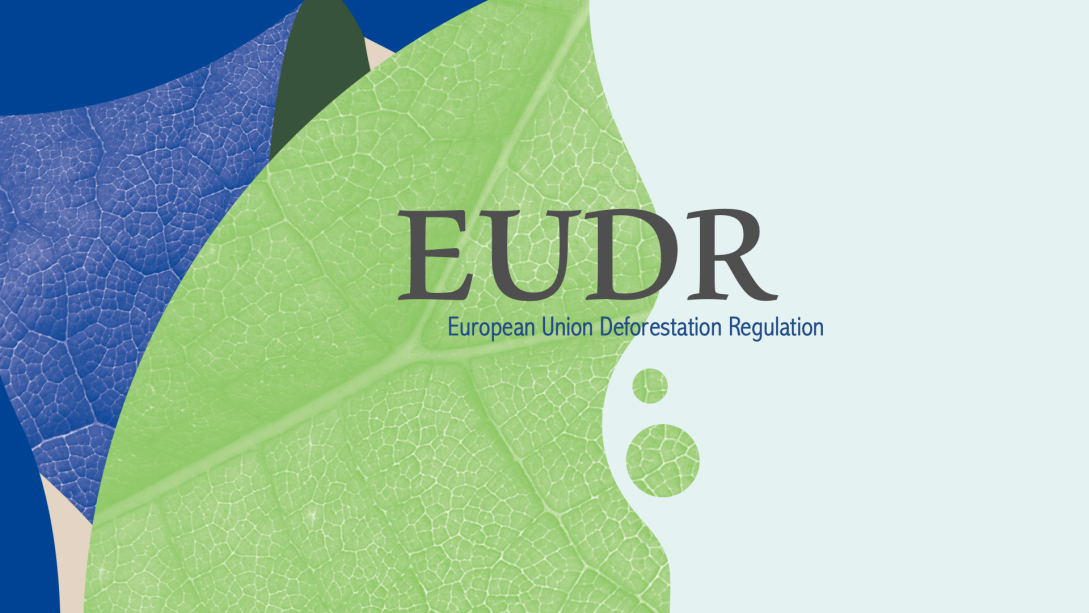
While these lab innovations could provide a solution to regulatory challenges, such as the EUDR, the EU’s forthcoming deforestation regulation, which requires proof that commodities like cocoa were not grown on deforested land, not everyone is convinced.
“2025 will hopefully be about many things, but it will not be about lab-grown cocoa,” said Jewett.
Download:
